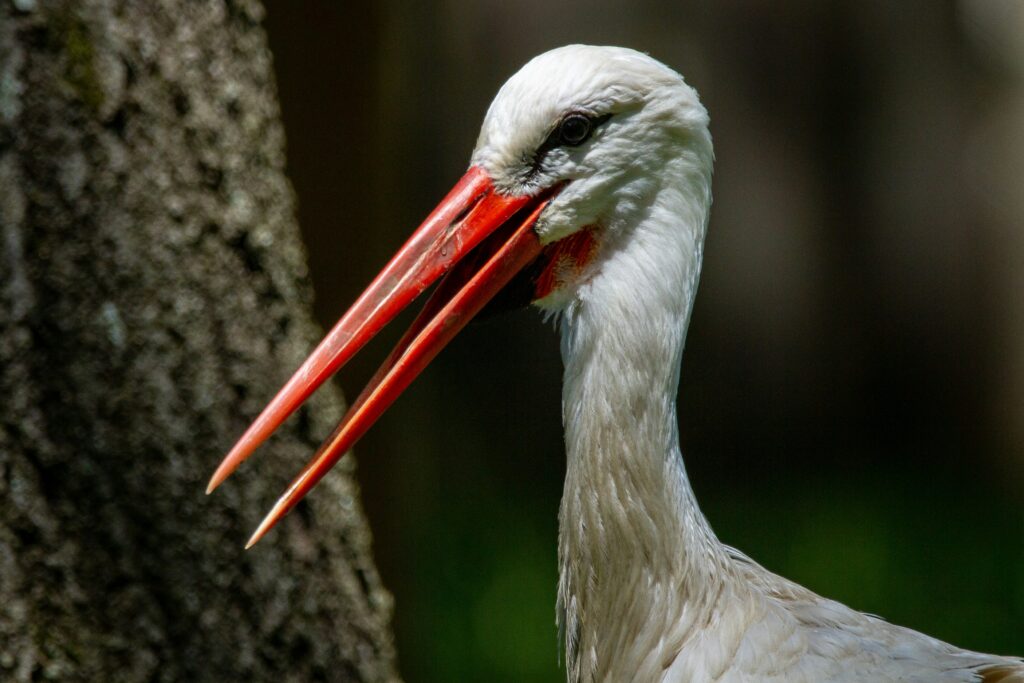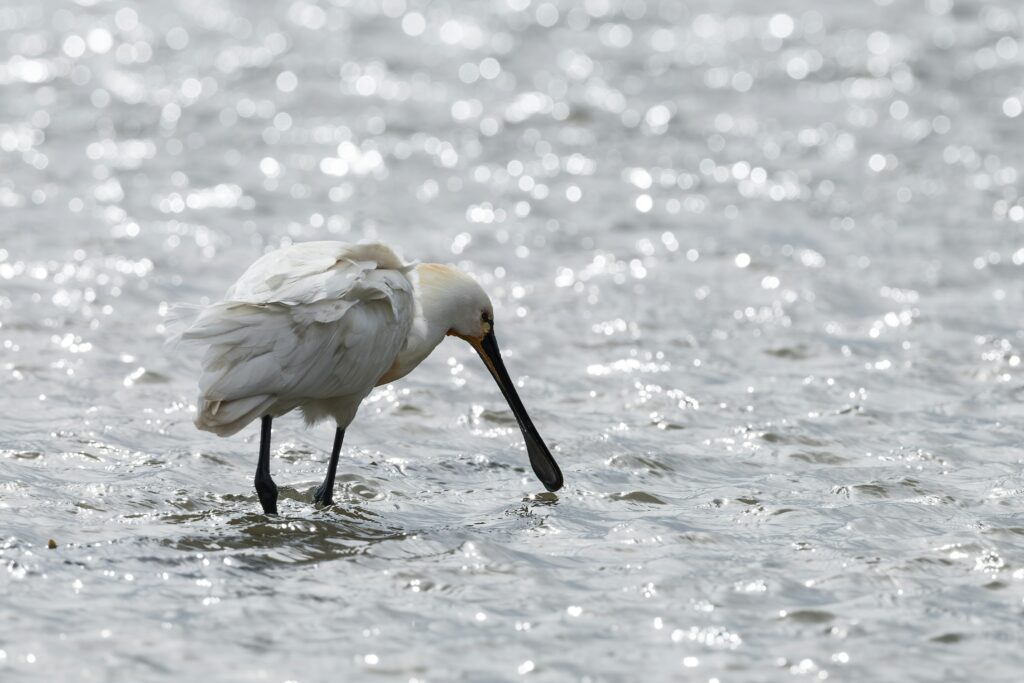Into the Algarve
If the mention of a wild Algarve coast conjures up any images in your mind, chances are they’re of rugged sea cliffs, secret beaches and secluded coves, a dramatic landscape formed over centuries by the tides of the Atlantic. For the most part, you’d be exactly right, yet just off the coast of Faro, the region’s capital and gateway into southern Portugal, where the city meets the sea looks a little bit different.
Hugging the city’s southern shore is the Ria Formosa, a lagoon stretching more than 60km from the Ancão Peninsula to Manta Rota. Formed from a chain of six barrier islands, it shelters a tapestry of inlets, canals, sandbanks, saltmarshes and grassy island dunes. Part of the system is a 170 km² of protected natural area, established in 1987 as part of Portugal’s natural park scheme, it is legally protected from development and monitored for ecological health and biodiversity.
The area boasts a vast array of wildlife, from seahorses and fiddler crabs weaving through sea grass, to clams and oysters lining the remnants of old wooden fishing boats. It’s the Ria Formosa’s birdlife, however, which is a major draw for many. A home to over 200 different bird species, many migratory and using the park as a winter resting spot in southern Portugal’s year round sun.
The park is very accessible from the cities of Faro, Tavira and Olhão. If you fly into Faro, the Ria Formosa is a curious sight from above, miles of intricate channels and fractal waterways spiral and snake like a kaleidoscope shifting its image. Once on the ground there are a variety of boat tour operators with stalls at Faro marina, offering a similar range of trips, mostly electric boats taking small groups out for birdwatching. For 20 Euros per person, we book a trip leaving at 3:30pm.

Setting sail
Getting into the small vessel in the marina, we don life jackets and are given binoculars and a print out of the different bird species we might see. In mid May, we’re at a bad time of year for birdwatching. Our guide and captain tells us that winter is best, but he’s still expecting to see plenty of wildlife. As the solar powered boat pulls out of its dock with no sound other than the waves lapping against its hull, we spot a cormorant diving for fish right next to the marina gate. “There’s your first bird,” our guide says with a grin.
Squeezing just under the footbridge in the marina wall, he goes on to explain that a few days earlier, passengers had to duck down to pass through, the waters risen by a recent full moon. “I don’t like sailing during a full moon, it’s more unpredictable,” he says, an acknowledgement that the Ria Formosa is under full control of nature alone, an ephemeral and shifting landscape governed by the tides and pull of the moon.
Out on the water the view is spectacular, a glistening sea punctuated by desert islands and endless dunes. To sail around this scene and not see any birds would have still felt like time well spent, but it’s not long before we spot one of Faro’s most famous residents, the white stork. A species so closely tied to European myth and folklore, sadly now missing in many parts of the continent where it spends spring raising its young. They’re found in abundance in the Ria Formosa, where they hunt for food, before returning to their fortress-like nests dotting the steeples and bell towers of Faro’s old town. Cutting into a narrow inlet the water is calm, heard before it is seen is the screech of a little tern, following the sound to see the small but spirited bird steadying itself in mid-air before darting down to catch a fish.
As we slowly sail through the maze of the waterways, more cormorants stand as sentries on old wooden posts as various types of gull soar overhead. A flash of brilliant white amongst long grass reveals a little egret poised by the water’s edge. Further down the channel we spot a spoonbill, lifting its aptly named beak in and out of the shallows. Our guide tells us that spoonbills are a good indicator of ecological health, using its bill to scoop up all manner of small fish, crustaceans, plants and insects which flourish in healthy waters.
Pulling up against a small mudbank, an army of fiddler crabs slowly make themselves seen. They scurry across the earth to find a nice high spot, with those already on the pinnacles wave their claws in the air in circular motions, each as though conducting an orchestra. Across on another beach we spot a Kentish Plover, with the aid of binoculars we then spot three small chicks. The dynamism of the Ria Formosa becomes apparent once again as a type of eagle, too quick to identify glides above them.

Back to shore
After an hour of sailing we head back to the marina, towards the screech of swifts performing aerial acrobatics and sparrows picking up pastry crumbs from waterfront cafes. In better months the Ria Formosa offers the chance to see greater flamingos, ospreys, black-tailed godwits, peregrine falcons, marsh harriers and many more species.
Despite its protected status, the Ria Formosa faces numerous challenges. Pollution, overfishing, and unsustainable tourist activities threaten its delicate ecosystem. Rising sea levels, driven by climate change, pose a long-term risk, potentially altering the lagoon’s landscape and affecting its biodiversity. More than just a scenic spot; it is a vibrant, and dynamic ecosystem of international importance that nurtures a rich diversity of species and supports local communities.
For now the Ria Formosa thrives, under the care of the Portuguese government and responsible tour operators, tourists and local business alike. It should be looked at as a shining example of sustainable, environmental tourism around the world.

